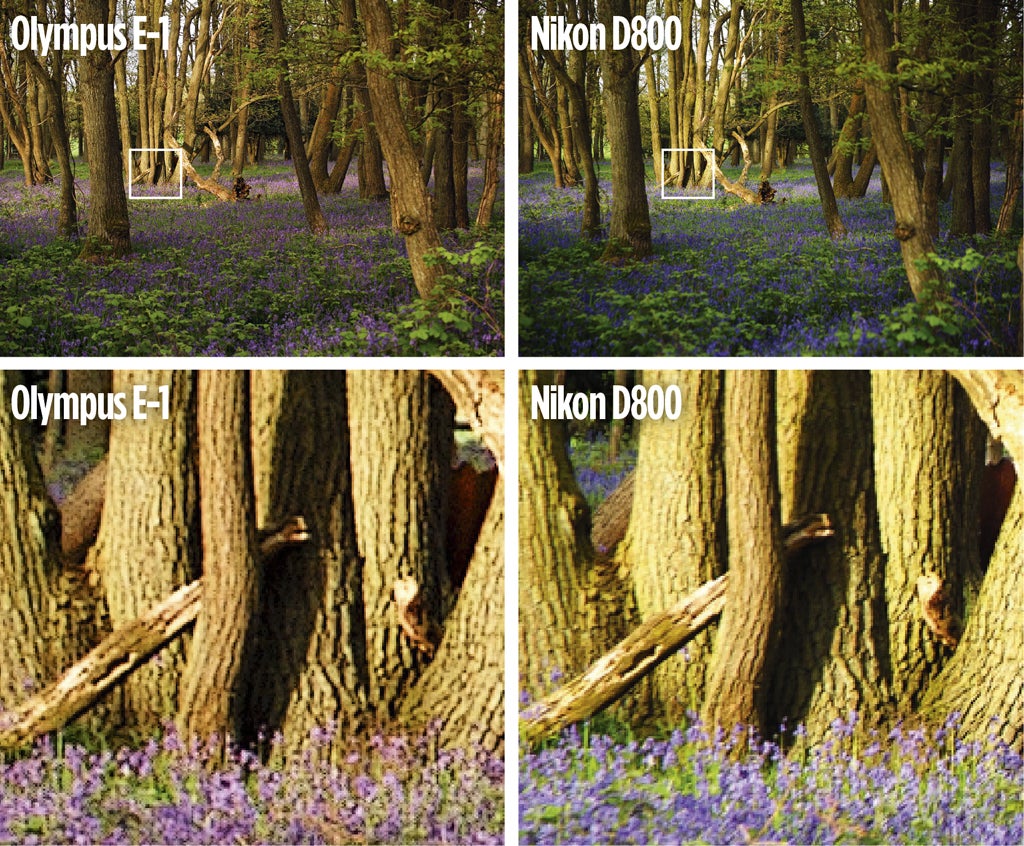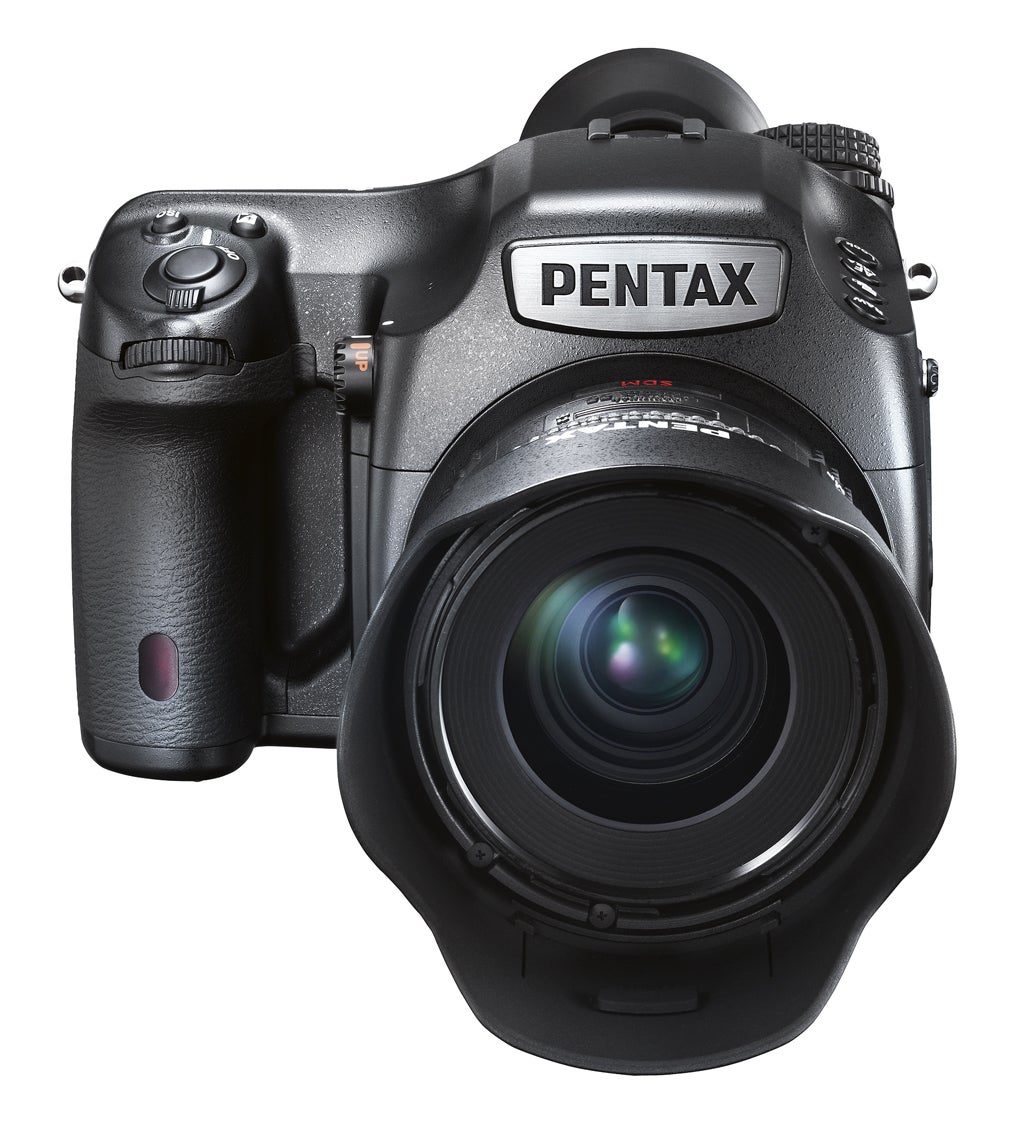Bob Newman looks at the use of CMOS technology in medium-format cameras

The same photo taken with an Olympus E-1 (left) and a same-size portion of a Nikon D800, illustrating the performance difference between 2003 CCD technology and 2012 CMOS, which is now available for the first time in medium format. The crops show that the newer sensor is capturing more information in the dark parts of the image
As a generalisation, a larger sensor will give better image quality than a smaller one. The reason for this is that, at the same exposure settings, the larger sensor gathers more light. In the field of photographic technology, real life – particularly the commercial side – has shaped matters so that all else certainly is not equal.
The research and development of sensors is often an expensive business, so the major effort is expended on high-volume applications – and nowadays that means the small sensors found in mobile phones. As fabrication lines for leading-edge small sensors are replaced by more modern ones, they become available for the smaller volume large-sized sensors. Thus, today’s DSLRs are using the kind of technology that was found in mobile phones five or so years ago.
The poor relation at the end of this technology food chain has been the medium-format DSLR, which uses CCD technology obtained from companies serving the aerospace and defence industries – both of which are technologically very conservative. The CCD technology used in medium-format cameras dates from the turn of the century, and it is very expensive due to the very small volumes and its major market being high-value products. Thus, medium format is trapped in a vicious circle, as the high prices limit volumes while the low volumes result in high prices.
Meanwhile, the full-frame format encroaches on the medium-format business, with modern cameras like the Nikon D800E and Sony Alpha 7R offering a similar resolution and an image quality that is arguably as good as, and in some ways better than, medium format. The major advantage of the newer CMOS technology is much lower electronic noise, which provides quieter shadows and higher dynamic range. While these full-frame models can’t collect as much light as medium-format cameras, the lower electronic noise makes up much of that deficiency. Full-frame 35mm cameras are also much cheaper than the medium-format models ever could be.
However, all that has changed dramatically. Sony, the world’s largest sensor manufacturer, has done its business sums and decided that it is worth producing a medium-format sensor using the same technology as smaller-format DSLRs. That sensor has been built into the Phase One IQ250, Hasselblad H5D-50c and Pentax 645Z cameras. At around £6,799 body only, the price of the Pentax 645Z is getting close to the RRP of the Nikon D3X and Canon EOS-1Ds Mark III DSLRs when they were first released, potentially opening up a new lease of life for medium format.




